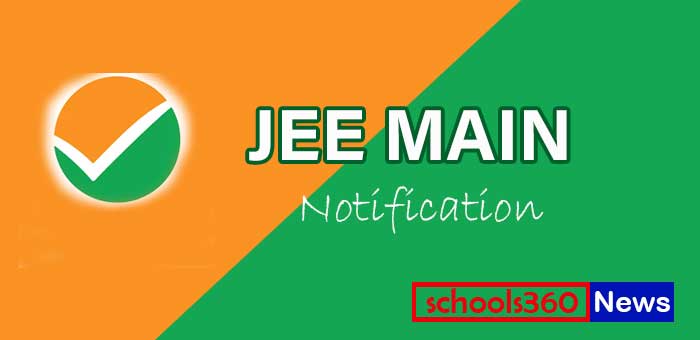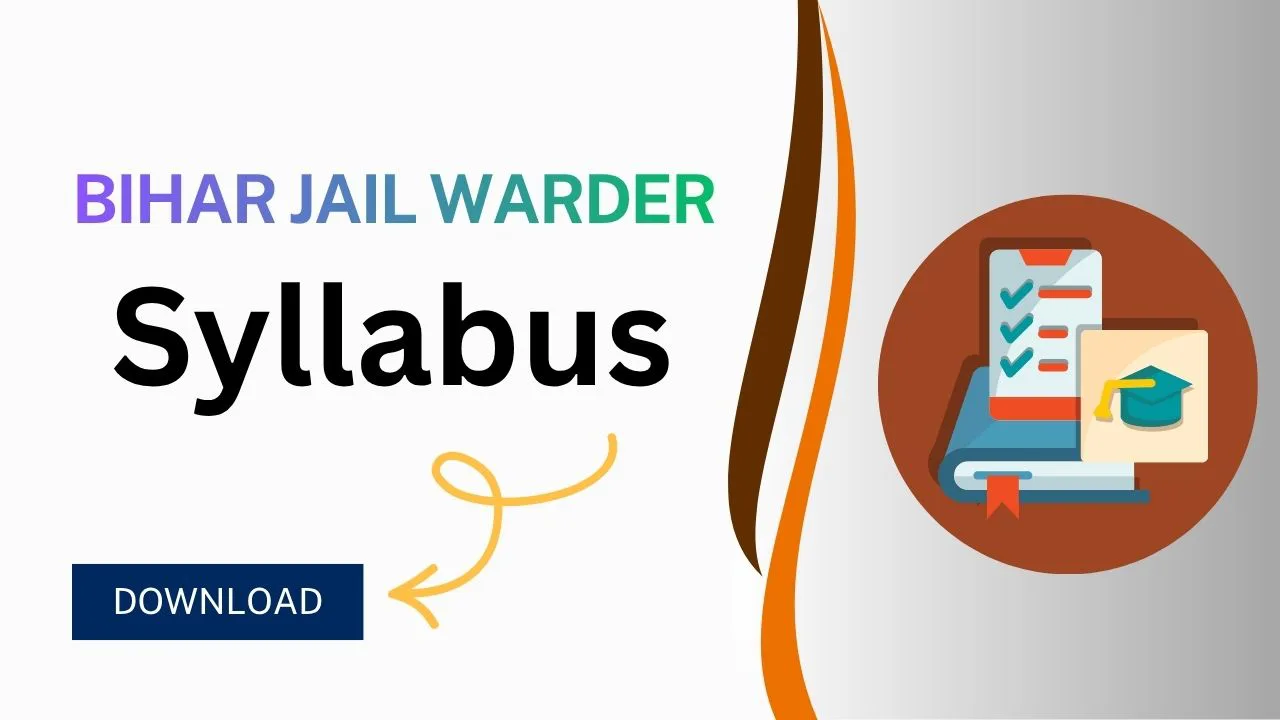NRTI Syllabus 2022 PDF Download Here, Check NRTI Exam Pattern @ nrti.edu.in. National Rail & Transportation Institute will conducts this NRTI Admission Aptitude Test in online mode. Also the NRTI Examination will be conducted once in a year. The Officials of NRTI will announce the NRTI Exam Pattern for the candidates who are going to appear for it. in order to understand the question paper’s structure and make their practise better and effective. With the help of the NRTI exam pattern, candidates can know about the marking scheme, types and number of questions that will come, duration of the examination, etc. There will be negative marking and the entrance test for the NRTI admission 2022 will be held in a computer-based mode. To know more about the exam pattern of NRTI 2022, candidates can read the article below.
NRTI Exam Pattern 2022 for B.Sc and BBA Programmes – Overview
| Mode of examination | Online |
| Medium | English |
| Number of Questions | 100 |
| Type of Questions | Multiple Choice Questions |
| Duration | 1 hour 30 minutes (90 minutes) |
| Marking scheme | 1 for every correct answer
-0.25 for every incorrect answer |
NRTI 2022 Exam Pattern for B.Sc and BBA Programmes- Sectional Division
| Question Section | No. of Questions |
| English Proficiency | 25 |
| Reasoning and General Intelligence | 30 |
| Quantitative and Numerical Ability | 25 |
| General awareness | 20 |
NRTI Syllabus 2022 for B.Sc and BBA Programmes
| Section | Topic | Sub-Topic |
| Proficiency in English Language | Error recognition | Recognizing the grammatical structure and usage. |
| Sequencing of Ideas | A set of sentences are to be rearranged to form a meaningful paragraph | |
| Applied Grammar | Using prepositions, determiners, connectives, tenses appropriately. | |
| Contextual Usage | Using appropriate words in the given context like cloze test | |
| Reading Comprehension (one passage of 500 words) | Locating Information, grasping ideas, identifying relationships, interpreting ideas, moods, characteristics of characters, the tone of the passage, inferring, getting the central theme, evaluating | |
| Reasoning & General Intelligence | Numerical reasoning | Inequalities, Alpha-Numeric series |
| Verbal reasoning | Coding-decoding, Blood relation, Direction & Distances | |
| Critical Thinking | Decision Making (Syllogisms) | |
| Data analysis | Puzzle & arrangement | |
| Quantitative & Numerical ability | Number System | Simplification (BODMAS, Fractions, Surds and Decimals), Number Series |
| Arithmetic | Percentages, Profit & Loss, Discount, Simple & Compound Interest, Averages Ratio & Proportions, Time, Work & Distance, Mixture & allegation, Age, Mensuration- 2D & 3D Figures- Areas & Volumes | |
| Algebra | Basic Algebraic Identities, Equations – Linear & Quadratic sequence | |
| Data Interpretation | Be able to use the information given in graphs and charts (Line graph, Bar Graph, Pie chart, Table) to answer questions | |
| General Awareness | Geography | Mountain, River, Soil, Population, Natural resources, etc. |
| Politics | Indian Constitution, Basic laws | |
| General Science | Everyday Science | |
| Sports | Sports in India & World | |
| Culture & Arts | Indian Culture, Dance, Art, Music, etc. | |
| Current affairs | Important current activities like awards, Books, Politics, etc |
NRTI Exam Pattern 2022 for M.Sc Programme – Overview
| Mode of examination | Online |
| Medium | English |
| Number of Questions | 100 |
| Type of Questions | Multiple Choice Questions |
| Duration | 1 hour 30 minutes (90 minutes) |
| Marking scheme | 1 for every correct answer
-0.25 for every incorrect answer |
NRTI 2022 Exam Pattern for M.Sc Programmes- Sectional Division
| Question Section | No. of Questions |
| Language Comprehension | 20 |
| Mathematical Skills | 20 |
| Data Analysis & Sufficiency | 20 |
| Intelligence & Critical Reasoning | 20 |
| Indian & Global Environment | 20 |
NRTI Syllabus 2022 for M.Sc Programme
| Section | Topic | Sub-Topic |
| Language Comprehension | Error recognition | Recognizing the grammatical structure and usage. |
| Sequencing of Ideas | A set of sentences are to be rearranged to form a meaningful paragraph | |
| Applied Grammar | Using prepositions, determiners, connectives, tenses appropriately. | |
| Contextual Usage | Using appropriate words in the given context like cloze test | |
| Reading Comprehension (one passage of 500 words) | Locating Information, grasping ideas, identifying relationships, interpreting ideas, moods, characteristics of characters, the tone of the passage, inferring, getting the central theme, evaluating | |
| Intelligence and critical reasoning | Numerical reasoning | Inequalities, Alpha-Numeric series |
| Verbal reasoning | Coding-decoding, Blood relation, Direction & Distances | |
| Critical Thinking | Decision Making (Syllogisms) | |
| Data analysis | Puzzle & arrangement | |
| Non Verbal reasoning | Spatial Imaging and Orientation, Mirror Image, Embedded Figures, Figure Series | |
| Mathematical Skills | Number System | Simplification (BODMAS, Fractions, Surds and Decimals), Number Series |
| Arithmetic | Percentages, Profit & Loss, Discount, Simple & Compound Interest, Averages Ratio & Proportions, Time, Work & Distance, Mixture & allegation, Age, Mensuration- 2D & 3D Figures- Areas & Volumes | |
| Algebra | Basic Algebraic Identities, Equations – Linear & Quadratic sequence | |
| Basic Trigonometry | Trigonometric ratio & Identities, Height & Distance | |
| Data Interpretation | Be able to use the information given in graphs and charts (Line graph, Bar Graph, Pie chart, Table) to answer questions | |
| India and Global Environment
|
Geography | Mountain, River, Soil, Population, Natural resources, etc. |
| Politics | Indian Constitution, Basic laws | |
| General Science | Everyday Science | |
| Sports | Sports in India & World | |
| Culture & Arts | Indian Culture, Dance, Art, Music, etc. | |
| Current affairs | Important current activities like awards, Books, Politics, etc | |
| Data Analysis & Sufficiency | Histogram | Data Charts |
| Frequency Polygon | Graphs – Line X-Y Graphs | |
| Bar diagram | Bar diagrams & Charts including Simple, Stacked, Composite Bar charts | |
| Pie chart | Pie charts | |
| Tables and Data sufficiency | Data Tables and Data sufficiency |









